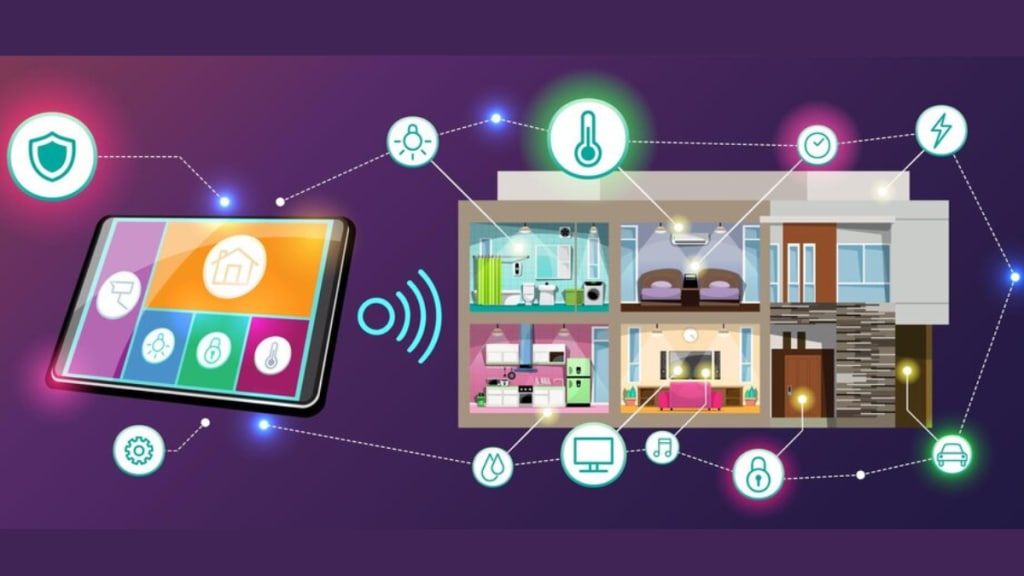India appears to be embracing the smart home revolution, transforming traditional living spaces with technology that promises both convenience and efficiency. From automated lighting and intelligent security systems to smart appliances, the dream of a Jetsons-like home is becoming a reality. However, while the adoption of smart technology is soaring, it’s essential to critically examine its impact, challenges, and future trajectory. According to the Redseer report titled ‘Unlocking Convenience: The Indian Smart Home Revolution’, smart home devices in India have experienced significant growth, with their penetration rates climbing to 8-10% as of 2023. This marks a notable increase from less than four per cent before the Covid-19 pandemic. The report projects that this trend will continue, with adoption rates expected to reach 12-15% by 2025 and 25-28% by 2028. This surge is largely driven by increased internet access, with nearly 55% of the population now online. As internet connectivity improves, more households are turning to smart devices, although the current penetration remains under 10%. The Redseer report values the smart home market at approximately Rs 90,000 crore in 2023, with expectations for it to grow to Rs 140,000 crore by 2028. Notably, security devices are anticipated to see the most rapid growth, contributing around 14% of the market by then.
Smart home technology in India spans several categories, as highlighted by Redseer. Security devices, including smart cameras, doorbells, and locks, are among the most sought-after. Additionally, smart lighting, encompassing bulbs, switches, and plugs, and small appliances such as air purifiers and heaters, are gaining popularity. Emerging brands like Mi, Qubo, and Atomberg are introducing innovative solutions, while established players like Airtel, Philips, and Dyson provide reliable, proprietary technology. The Redseer report notes shifting consumer preferences, with smart bulbs achieving a high Net Promoter Score (NPS) of 72, indicating strong customer satisfaction. Smart plugs follow with an NPS of 66, and smart air purifiers lead with an exceptional NPS of 85, reflecting the growing acceptance and adoption of smart devices in everyday life.
Despite the excitement surrounding smart home technology, the Redseer report identifies several challenges. Infrastructure limitations still affect many areas, particularly in rural and semi-urban regions, where internet connectivity can be inconsistent. This can hinder the effective use of smart home devices. Security and privacy concerns are also significant. As homes become more connected, the risk of cyber-attacks and privacy breaches increases. Ensuring robust security measures and educating consumers on protecting their digital privacy are crucial steps in mitigating these risks. Market fragmentation is another challenge, with a wide range of products and brands leading to potential compatibility issues. This fragmentation can complicate the integration of devices from different manufacturers and affect the overall user experience. Lastly, the cost of smart home technology remains a barrier for many households. While prices are decreasing, the initial investment, including device costs and installation fees, may still be prohibitive for some.
The Redseer report highlights that India’s smart home market is on a promising trajectory, driven by technological advancements and growing consumer interest. However, addressing infrastructure limitations, enhancing security, and navigating market fragmentation and cost barriers will be essential for sustaining this growth. The future of smart living in India will depend on how effectively manufacturers, policymakers, and consumers can tackle these challenges.


